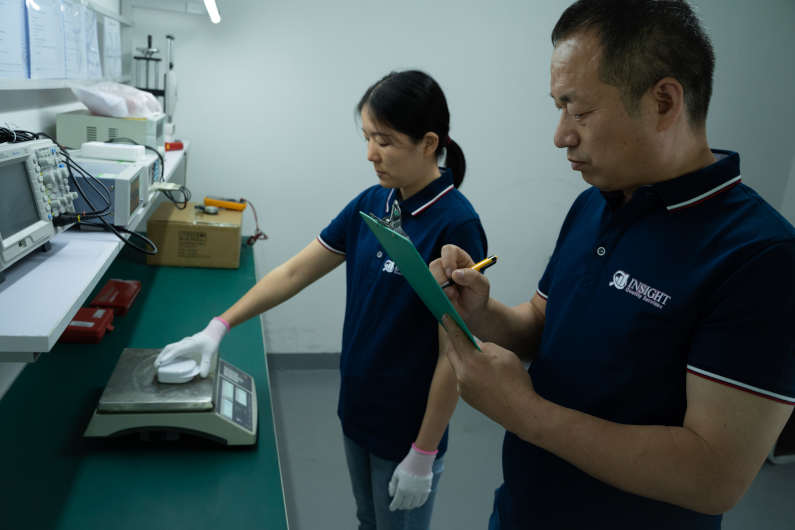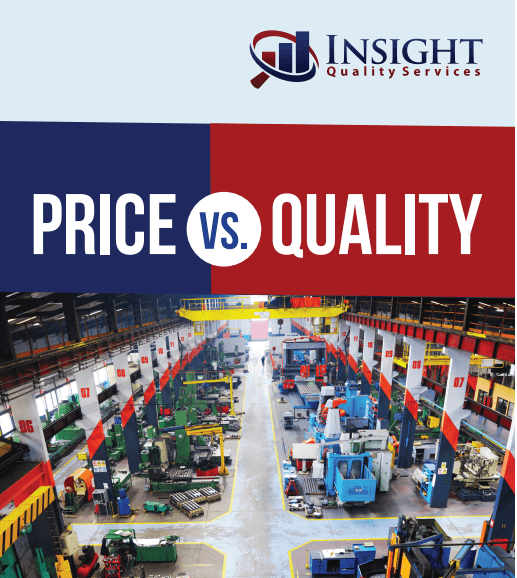Customer satisfaction is essential to the success of any business — it enables companies to increase customer loyalty, build brand awareness, and manage costs more effectively.
Considering the vital role customer satisfaction plays, you may be curious about its relationship with product quality. After all, if quality is a lever you can pull to improve satisfaction, then it likely makes sense to invest your time and money into doing so.
Here we’ll discuss the terms ‘quality’ and ‘customer satisfaction’ and how they relate. You’ll gain ideas to help you create quality products and earn the success you’re looking for.
Table of Contents
What is Product Quality, Really?

The term ‘quality’ is fairly subjective and can mean various things depending on the context. According to ASQ, it generally refers to either: “1) the characteristics of a product or service that bear on its ability to satisfy stated or implied needs; 2) a product or service free of deficiencies.”
Using the first definition, we can see that quality and customer satisfaction are inextricably linked. The customer has a need, for example, a piece of furniture to store their folded clothing that is sturdy, easy to use, and visually appealing. They purchase a chest of drawers, and if it meets that need, they consider it high quality and are satisfied.
If we go by the second definition, we can still observe the close relationship between satisfaction and quality. If the customer buys a handbag and expects the stitching to hold together, but it starts coming apart after a week, they may consider it deficient and thus low quality.
Customer satisfaction is “a measurement that determines how happy customers are with a company’s products, services, and capabilities,” says ASQ. And if a product’s quality meets or exceeds customer expectations, it directly leads to customer satisfaction.
How Do You Achieve Quality and Customer Satisfaction?

If you want to make a high-quality product, you generally need to start from the design stage. Quality is about how well the product meets the end consumer’s needs, so you need to design it to accomplish this.
In an article for EEWorld, Dan Jenkins and Nick Mival of the product design consultancy, DCA, share an interesting model for customer satisfaction. Their model breaks customer satisfaction into three main areas — Expectations, Use Experience, and Longevity — each with its own subcategories.
Expectations: The customer’s advanced perception of your product, its performance, and unique features.
Use Experience: The customer’s sensory, cognitive, and physical experience with your product.
Longevity: Your product’s conformance to standards, reliability, durability, and serviceability.
To make your product high quality, you need to design it with suitable materials, dimensions, finishing, and other attributes that will allow it to satisfy customer needs. By considering the specific needs of your market segment or ‘niche,’ you can design a product they can be satisfied with.
After Designing a Good Product, Focus on Conformance

Once you’ve designed your product, you can focus on the conformance aspect of quality. In other words, you need to ensure that products are consistently made to your specifications without much unwanted variability.
To do this, you should start by selecting a supplier that is well-suited to making your product. Conducting a factory audit can help you accomplish this, and after establishing the relationship, you can work on getting the manufacturing process running smoothly.
You should then put a quality control plan into place, allowing you to verify your products’ adherence to specifications. Your plan should likely include periodic quality inspections to examine the goods that come off the production line.
You can also conduct laboratory tests to verify the products’ adherence to regulatory and performance standards. Depending on the markets where you’re selling, there will be any number of requirements to meet, and these tests can help ensure you meet them.
At Insight Quality Services, we offer a range of factory audit, inspection, and lab test services to help you manage product quality more effectively. So if you’d like to learn more about how we can help, reach out to us today. Considering the close relationship between product quality and customer satisfaction, investing in quality can be a worthwhile decision.
To learn more about the relationship between the price of your products and their quality, we recommend downloading the following guide.
Price vs. Quality: Your Free Guide
Importing goods from overseas makes sense for many importers due to the low costs of production. However, this doesn’t matter much if you receive low-quality goods that you can’t sell to your customers. It is essential to take all the necessary steps to balance price and quality. Our free Price vs. Quality Guide gives deeper insight into how to navigate these waters.





Keep up the great work Andy.
I’d like to just mention that, after 40 plus years of dealing with Q/q, the one thing that Suppliers, Q Mgrs, Q Engrs, Inspectors, Technicians, and everyone else involved in the preparation of product for acceptance by the Customer do that ruins relationships is to fight rejections.
Everything’s fine until the train jumps the track. Rejection brings out the best and worst in relationships.
It seems like, more and more, its competence (resources); and the lack their of.
Thank you Dave for the comments.